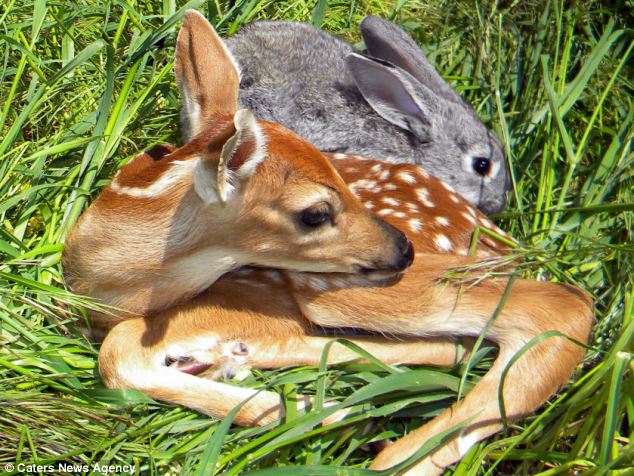Emotion Rules the Day
Those we Love and Those we Don’t
It is immensely interesting how we humans choose to differentiate between animal species (including other humans). Most often it seems it is the “cute and cuddly” factor that makes all the difference. In the above picture, which would be the first and second choice for a pet? Of course, who could resist that little pup seal, perhaps even a little piggy under the right circumstances, but a rat or a nest of snakes, very unlikely.
Now, take that seal pup. The WTO recently ruled the EU was justified in prohibiting the import to seal pelts and products based only on “public morals concerns” (National Post,). At the same time the WTO clearly stated there was no “legal, scientific or conservation” concerns with respect to seals. In a word, “seals” are just so cute that no matter how much damage they do to the environment (fish stocks, etc.) or how much their overpopulation begins to degrade an area of other wildlife, they must be protected.
Pigs on the other hand seem not so deserving of our consideration. I (and likely you) also think they are as cute a buttons when they are babies. Does if not seem strange that when they are treated badly (and in many cases very badly) we don’t raise any concerns. We so love our bacon, ham and pork chops that we don’t much care how they live and die. The same applies to cattle and all sorts of other ‘domestic’ animals raised as a food source. Compared to pigs, cattle, sheep and others held in captivity, seals live an awesome life of freedom, even if a few of them end up being killed for their pelts or taken down by a sea lion or killer whale.
Because pigs, cattle, sheep and dozens of other animals contribute a huge amount of protein to the North American and world diet, they are dealt with differently. However, d ozens of other animals remain on the “protect at all costs” list.
ozens of other animals remain on the “protect at all costs” list.
Photo: In Greater Victoria the population of ‘free range’ rabbits and deer is exploding and yet we are paralyzed by inaction. As a food source, venison and rabbit are both excellent, but just mention a cull and a segment of the population erupts with outrage. “Cull Bambi and Peter Rabbit, my god, how inhuman have we become.” Who would dare speak against a poster bearing the photo on the left.
Now check out the lowly rat. Give that ‘cute’ little fella a centimetre and he will take a meter. Believe me, those little critters and I have a long standing feud. Left to their own devices rats can play havoc with your home and the environment, so we have no concern about putting a quick (sometimes painful) end to their existence. Every feed store in Greater Victoria has an ample supply of spring loaded traps and poison bait to help with the cull. No holds barred, no quarter given as there is nothing really cute and cuddly about a rat.
As with many things to which we attach human and cuddly characteristics, the question is not what might be the best thing to do, but rather, which emotion will carry the day. Rats are held in contempt, seal pups deserving of our unquestioning love.
Canada will most certainly appeal the WTO ruling as being grossly out of touch with the facts, but it seems likely the ban will stand. Why, because a rather small group of very vocal individuals have whipped the opposition into a frenzy as they have that cuddly little seal pup as their poster child. I’ll bet a dollar to a Tim Horton’s donut that Pamela Anderson would not be caught dead l laying in a pig pen protecting a litter of little porkers.
Cheers,
Harold
Also Posted in Tim Horton’s Mornings Posts on February 3, 2012 Save our Rats
(750)
Trackback from your site.


Comments (2)
While i agree that our choice of who lives and who dies is kind of arbitrary, i disagree about rats not being cute or cuddly at all as I had 6 pet rats over the course of years and if you go into any pet shop you will see that rats are actually pretty popular pets. Of course the black plague is what ruined the rat’s PR but you’d think that after half a millennium we would have gotten over that by now.
I agree, but when rats became to plentiful in the wild, they can do a great deal of damage. Around our farm they had to be controlled or they would have simply taken over. I didn’t like doing them in, but it was either do that or shut down the farm and move away. Obviously humans have taken over a lot of the environment that was once occupied by animal species and when in the wild, natural selection took place. Not so in areas habited by humans.